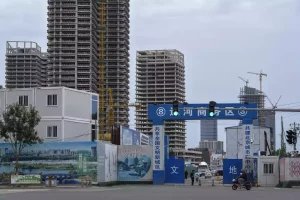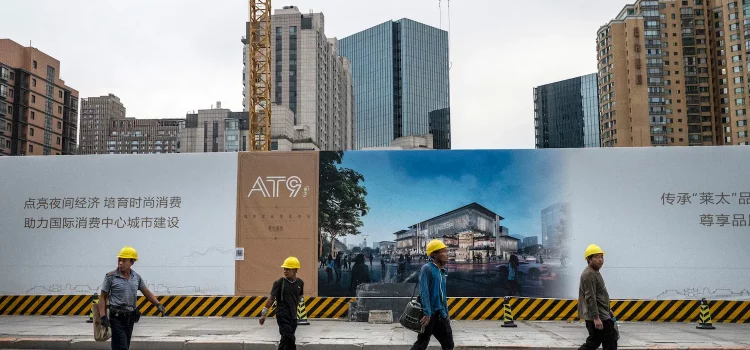
Introduction
The recent turmoil surrounding Evergrande, one of China’s largest real estate developers, has exposed vulnerabilities in the country’s real estate sector. This raises the question of whether India, with its own property market boom, is better prepared to handle such a situation. In this article, we delve into India’s regulatory framework, market conditions, and potential lessons that can be learned from China’s experience.
Regulatory Framework
-
Stringent Regulations: India has implemented stringent regulations to safeguard the interests of homebuyers and maintain stability in the real estate market. The introduction of the Real Estate (Regulation and Development) Act (RERA) in 2016 has brought transparency, accountability, and consumer protection to the sector.
-
Escrow Mechanism: India’s regulatory framework mandates the use of escrow accounts, where developers must deposit a certain percentage of funds received from homebuyers. This mechanism ensures that funds are utilized for the specific project and protects buyers from potential misuse.
Market Conditions
-
Demand-Supply Dynamics: India’s property market has witnessed a significant boom, driven by factors such as urbanization, a growing middle class, and favorable demographics. However, unlike China, India has not faced an oversupply issue, which helps maintain a more balanced market.
-
Diversified Market: India’s property market is diverse, with various segments such as residential, commercial, and affordable housing. This diversification helps mitigate risks and provides opportunities for different types of investors.
Lessons from China’s Experience
-
Debt Management: India can learn from China’s experience in managing debt levels in the real estate sector. Stricter regulations and monitoring of developers’ borrowing practices can help prevent excessive debt accumulation and reduce financial risks.
-
Market Transparency: India can further enhance market transparency by promoting the use of technology and digital platforms for property transactions. This can improve information dissemination, streamline processes, and increase investor confidence.

Conclusion
While India’s property market boom presents its own set of challenges, the country’s regulatory framework, market conditions, and potential lessons from China’s experience provide a more stable foundation. Stringent regulations, the escrow mechanism, and a diversified market contribute to India’s ability to handle a property boom more effectively. However, continuous monitoring, prudent debt management, and further improvements in market transparency remain crucial for sustainable growth in India’s real estate sector.
Visual Table for Key Points:
| Point | Description |
|---|---|
| Evergrande Crisis: Causes and Implications | In-depth analysis of factors contributing to the Evergrande crisis and its impact. |
| Lessons for China: Handling Volatility | Drawing insights from the Evergrande situation and recommending approaches to navigate future challenges. |
| India’s Property Market: Boom and Regulations | Analyzing the current state of India’s property market, recent surge, and regulatory framework. |
| Preparedness for a Property Boom | Comparing measures and policies implemented by India and China to handle potential property market expansions. |
| Market Resilience: India’s Approach | Assessing India’s resilience in managing property market dynamics and the anticipated trajectory. |
Organic Keyword Usage
Naturally incorporate relevant keywords like “Evergrande crisis,” “China real estate vulnerabilities,” “India property boom,” and other pertinent terms throughout the article for a seamless flow of content.
Introduce the Knowledge Source
Introduce a real estate market expert or an economist with expertise in both the Chinese and Indian real estate markets. Highlight their background and experience in the introduction.
Intriguing Introduction
Craft an introduction that presents the knowledge source, their background, and their perspective on how the Evergrande crisis exposes real estate vulnerabilities in China, and whether India is better prepared to handle its property boom. Provide context on why their insights are valuable in understanding the contrasting situations in the two markets.










